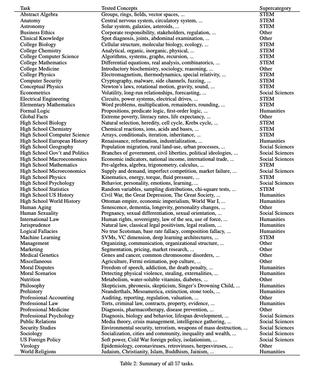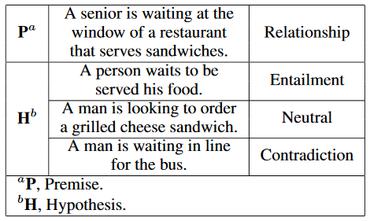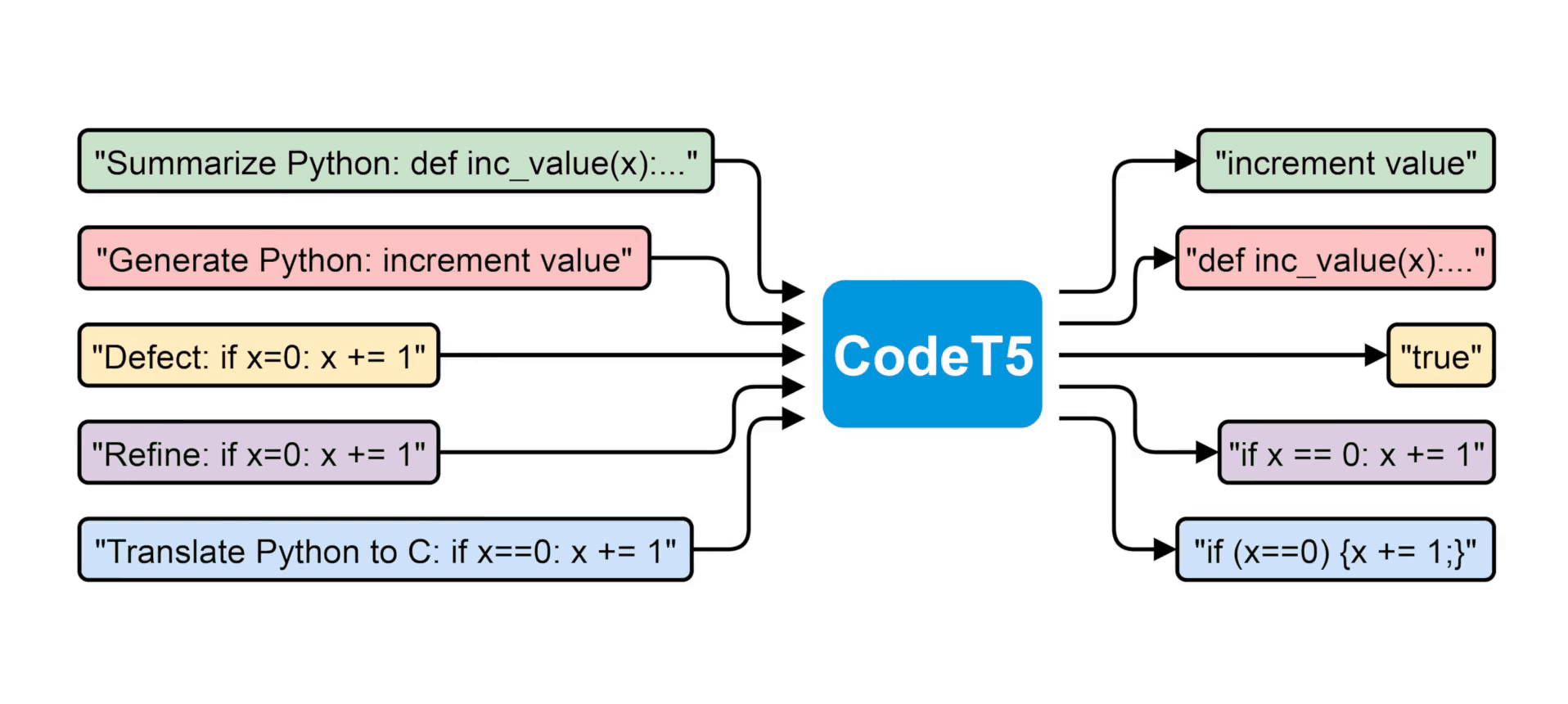RoBERTa: A Robustly Optimized BERT Pretraining Approach
Language model pretraining has led to significant performance gains but careful comparison between different approaches is challenging. Training is computationally expensive, often done on private datasets of different sizes, and, as we will show, hyperparameter choices have significant impact on the final results. We present a replication study of BERT pretraining (Devlin et al., 2019) that carefully measures the impact of many key hyperparameters and training data size. We find that BERT was significantly undertrained, and can match or exceed the performance of every model published after it. Our best model achieves state-of-the-art results on GLUE, RACE and SQuAD. These results highlight the importance of previously overlooked design choices, and raise questions about the source of recently reported improvements. We release our models and code.
PDF AbstractCode
Tasks
 Common Sense Reasoning
Common Sense Reasoning
 Document Image Classification
Document Image Classification
 Language Modelling
Language Modelling
 Lexical Simplification
Lexical Simplification
 Linguistic Acceptability
Linguistic Acceptability
 Multi-task Language Understanding
Multi-task Language Understanding
 Natural Language Inference
Natural Language Inference
 Only Connect Walls Dataset Task 1 (Grouping)
Only Connect Walls Dataset Task 1 (Grouping)
 Question Answering
Question Answering
 Reading Comprehension
Reading Comprehension
 Riddle Sense
Riddle Sense
 Semantic Textual Similarity
Semantic Textual Similarity
 Sentence Completion
Sentence Completion
 Sentiment Analysis
Sentiment Analysis
 Stock Market Prediction
Stock Market Prediction
 Text Classification
Text Classification
 Type prediction
Type prediction
Results from the Paper
 Ranked #1 on
Only Connect Walls Dataset Task 1 (Grouping)
on OCW
(Wasserstein Distance (WD) metric, using extra
training data)
Ranked #1 on
Only Connect Walls Dataset Task 1 (Grouping)
on OCW
(Wasserstein Distance (WD) metric, using extra
training data)





























 PyTorch Hub
PyTorch Hub
 GLUE
GLUE
 SST
SST
 SQuAD
SQuAD
 MultiNLI
MultiNLI
 QNLI
QNLI
 MMLU
MMLU
 MRPC
MRPC
 CoLA
CoLA
 HellaSwag
HellaSwag
 PIQA
PIQA
 RACE
RACE
 CommonsenseQA
CommonsenseQA
 WebText
WebText
 ANLI
ANLI
 SWAG
SWAG
 RVL-CDIP
RVL-CDIP
 Quora
Quora
 Quora Question Pairs
Quora Question Pairs
 SIQA
SIQA
 OCW
OCW
 arXiv-10
arXiv-10